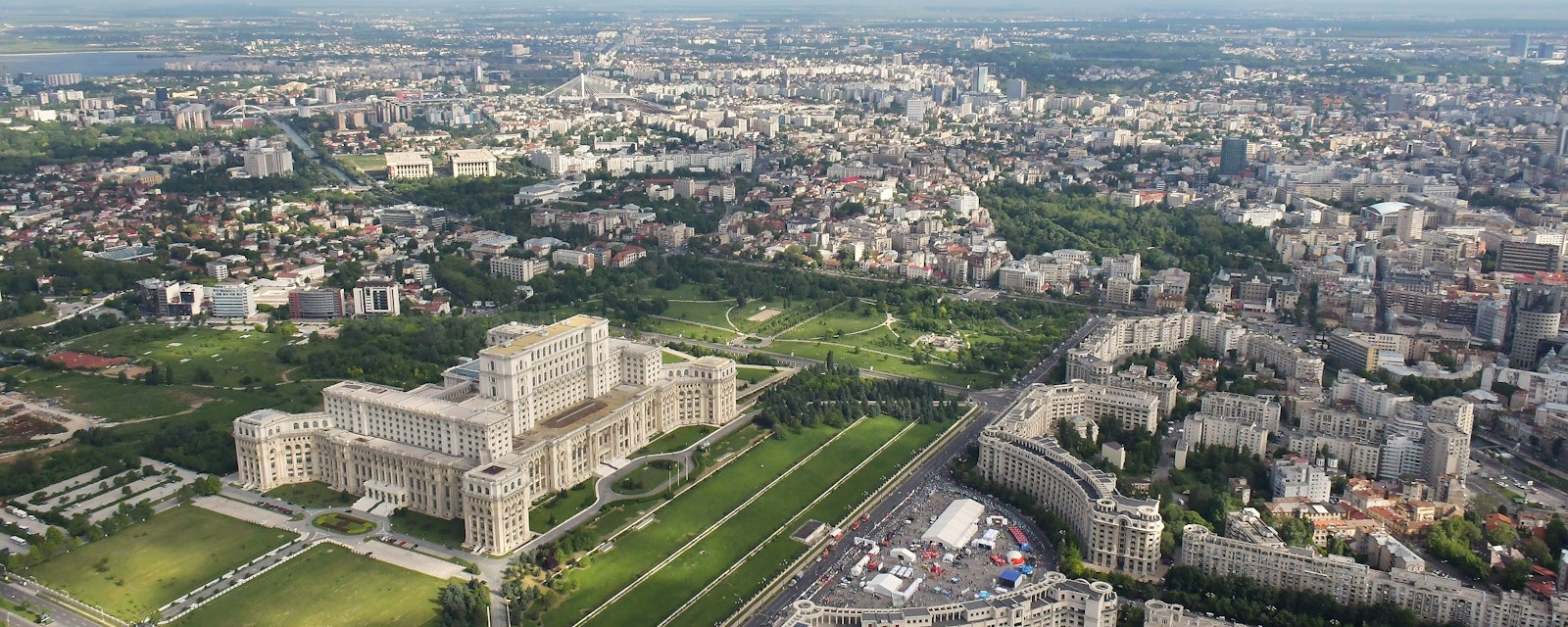Although an EU ban on Ukrainian grain imports to five Central and East European (CEE) countries expires in mid-September, discussions on extending the ban are already restarting.
Russia is likely seeking to disrupt Ukraine’s counteroffensive by stepping up its own offensive actions in northeastern parts of Ukraine. Following the arrival of Wagner forces to Belarus, Poland and the Baltic States might face an increased risk of border incidents or provocations. Finally, Romania’s coalition government is discussing various tax changes to bridge an excessive budget deficit.
Region
Five CEE countries (Bulgaria, Hungary, Poland, Romania, and Slovakia) are calling on the EU to extend a ban on Ukrainian imports of wheat, maize, rapeseed and sunflower to these markets beyond the current deadline, 15 September. Otherwise, these countries threaten to take unilateral action to curb imports of these and, potentially, other agricultural products to protect local farmers, who have been negatively affected by a large influx of cheap agricultural produce from Ukraine during the past year. Unless a compromise is found, such threats are likely to materialize, especially in Poland and Slovakia, where authorities are keen on winning support of rural electorate ahead of the autumn parliamentary elections. Such a move would likely trigger significant criticism from Ukraine, especially if grain exports via the Black Sea remain restricted, as well as other EU countries, which had already raised concerns about such an arrangement. Discussions on the matter are expected to pick up in the coming several weeks.
Russia/Ukraine
Ukrainian authorities are voicing some concerns about the accumulation of Russian troops in the northeastern Kharkiv region and intensifying attacks towards the city of Kupiansk. In addition, the Russian forces have been extensively shelling the northern Sumy and Chernihiv regions in northern Ukraine. Moscow is unlikely to have sufficient combat power for a major offensive in the north, and its actions are likely aimed at distracting Ukrainian forces from the offensive operations elsewhere. Nonetheless, with most of the attention focused on Ukraine’s southern regions – where the main axes of Ukraine’s counteroffensive lie and where Russia has been carrying out highly devastating aerial attacks in recent days – it is also important to watch the evolution of military developments in the north(eastern) parts of Ukraine as they could affect the broader dynamics of the war.
Belarus
In recent days, hundreds of military vehicles with Wagner fighters have been reportedly moving to a military training ground near Asipovichy in central Belarus. Some Wagner forces are already conducting military training exercises close to the Polish border, while some Russian officials claim that Wagner might target the so-called Suwalki Gap, a strategically important border strip between Poland and Lithuania. At this point, a few thousand lightly equipped Wagner forces do not present a serious security threat to the NATO countries, which would likely react accordingly in case of any greater accumulation of troops near their borders. While the risk of a cross-border military attack by Wagner or Belarusian forces on NATO member states is unlikely, both Poland and the Baltic States might face an increased risk of various incidents or provocations, for example, targeting critical infrastructure or aimed at putting psychological pressure on their populations.
Romania
Spending cuts approved earlier in the year did not alleviate concerns of an excessive budget deficit, which is on course to significantly exceed the budgeted figure of 4.4% of GDP. As a result, the two governing parties are discussing various tax changes to increase budget revenue and cut spending. Both parties have put forward a series of different proposals, including changes to the VAT rate, higher taxation of alcoholic and sugary drinks, tobacco and gambling, a new tax on luxury real estate, higher taxation of corporate profits transferred out of the country and higher tax rate on dividends. So far, no agreement has been reached and difficult discussions are expected to continue this week. Romania is the only EU country which has an ongoing excessive deficit procedure (EDP). Unless the government manages to significantly cut the deficit in 2024 — a year when four elections are scheduled in the country – it could face financial sanctions from the EU.
One of the key reforms to cut fiscal spending and unlock the third tranche from the EU’s Recovery and Resilience Facility concerns special pensions. After protracted debates, the parliament adopted a reform bill in late June. However, the bill was then referred to the constitutional court for assessment and the first hearing on the subject matter is scheduled for 26 July.





